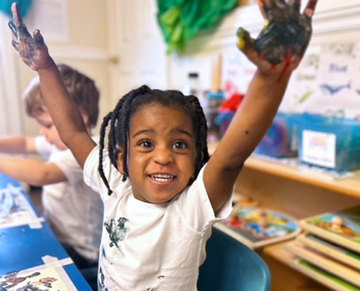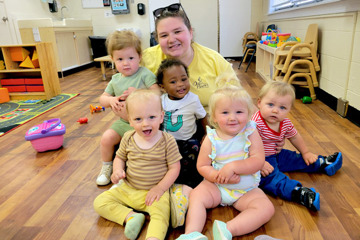5 Ways Process Art Promotes Learning for Children
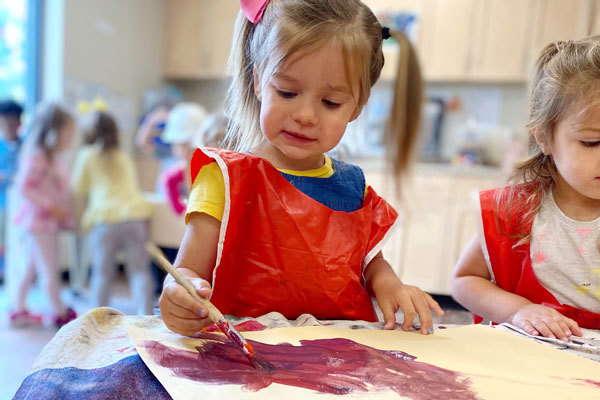
Process art is open-ended, hands-on art that is child-directed, promoting discovery and creativity. It’s a fun and easy way to get kids’ creative juices flowing as they explore the world around them through the lens of curiosity. Process art is all about the process rather than the final result.
So why is process art so important? Here are 5 ways process art promotes learning for children.
1. Process art promotes imagination and curiosity.
Children are naturally curious and often march to the beat of their own drum. Product art prompts children to follow step-by-step instructions, which can be difficult to do as a young child. Meanwhile, process art gives children the opportunity to explore and decide which materials they would like to use and where to place them, giving them control of the entire process, including the final product.
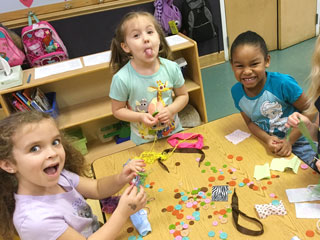
2. Process art builds confidence.
Giving a child free reign of an art project opens them up to a world of discovery and decision-making. Having the control to create and play as they so choose builds their confidence and independence. Since the art is about the process rather than the final product, your child can express themselves freely without worrying about imitation or perfection. And the sense of accomplishment they gain from the end product – their very own creation – builds self-esteem in their artistic abilities and independence.
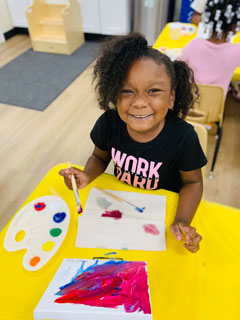
3. Process art helps children develop fine motor skills and coordination.
Fine motor skills involve the coordination of small muscle movements in the hands and fingers. Babies begin to develop their fine motor skills and hand-eye coordination as early as 6 months old. Process art involves hand movements such as tearing paper, holding crayons, moving a paint brush across the page, and even building with clay. Manipulating materials like this in their hands promotes the use and development of fine motor skills and helps children with their coordination.
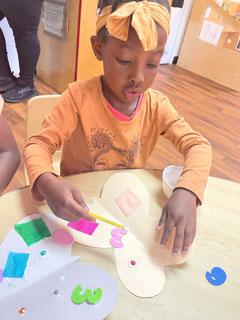
4. Process art nurtures innovation and problem solving.
Since process art is open-ended, problem solving becomes a natural part of the activity. Without strict structure or guidelines, your child has the freedom to navigate with the materials at hand and solve the problem of “what should I do next?” This type of thinking promotes a natural curiosity to experiment and find out what works best in their eyes. Watch the wheels spin in their mind as they mix different paint colors, layer various textures, place unique objects, and more! You’ll be amazed at the unique masterpiece your child will come up with and the way this type of problem solving pours into other areas of their life.
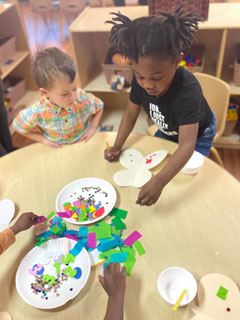
5. Process art stimulates sensory exploration.
Process art is about the journey, which is very experiential for children. As they discover their art unfold, children touch and explore different textures: wet paint, rough textiles, smooth paper, waxy crayons, and more. Their senses are awakened as they move through different types of textures and feelings. This is beneficial for your child’s brain development as they process new sensations; language development as they learn new words associated with texture (wet, smooth, rough); and even the development of their emotional regulation as they learn to self-soothe through their art.
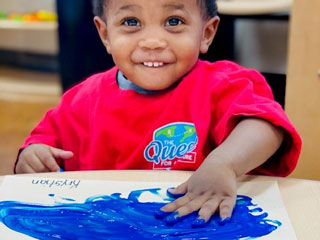
Process art is all about discovery. As your child learns about the materials in front of them and decides where to place each item, the process inspires imagination and ingenuity in your little learner. So, the next time you set out to do arts and crafts with your child, consider laying out a few materials, let them cut loose with a project of their own, and allow them to experience process art.
